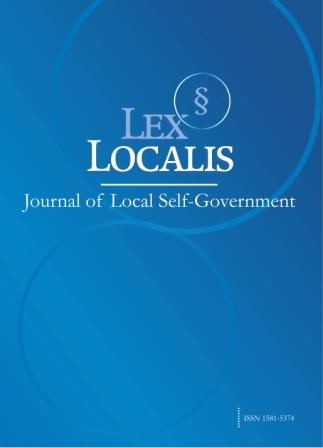Alcohol Administration System and Its Implementation in Modern Xinjiang Region
DOI:
https://doi.org/10.52152/800151Keywords:
Republican Period; Alcohol Administration; Xinjiang; Taxation System; Alcohol Industry DevelopmentAbstract
In the early Republic of China period, although Xinjiang's alcohol administration largely aligned with that of inland China, its implementation exhibited unique characteristics due to the region's remoteness. Under the administrations of Yang Zengxin and Jin Shuren, the local government adopted a combination of direct taxation and tax farming, establishing relatively low and decentralized taxation standards. After 1915, with the introduction of the central earmarked funds system, Xinjiang's connection with the central government significantly strengthened, even though regional differences in tax collection persisted. During Sheng Shicai’s rule, Xinjiang's alcohol tax system began to develop independently, abolishing tax farming and standardizing the taxation framework. Through policies such as special consumption taxes, Sheng implemented effective oversight of the alcohol industry, thereby promoting regulatory normalization. After direct governance was established by the Nationalist Government, policies from Sheng Shicai’s era were further refined, aligning Xinjiang’s alcohol administration more closely with inland standards and strengthening supervision of alcohol taxation. Nevertheless, towards the end of the Republican era, abnormal increases in central government alcohol taxes and flawed institutional designs severely damaged Xinjiang’s alcohol industry, becoming a key factor in its decline.
Downloads
Published
Issue
Section
License
Copyright (c) 2025 Lex localis - Journal of Local Self-Government

This work is licensed under a Creative Commons Attribution-NonCommercial-NoDerivatives 4.0 International License.








